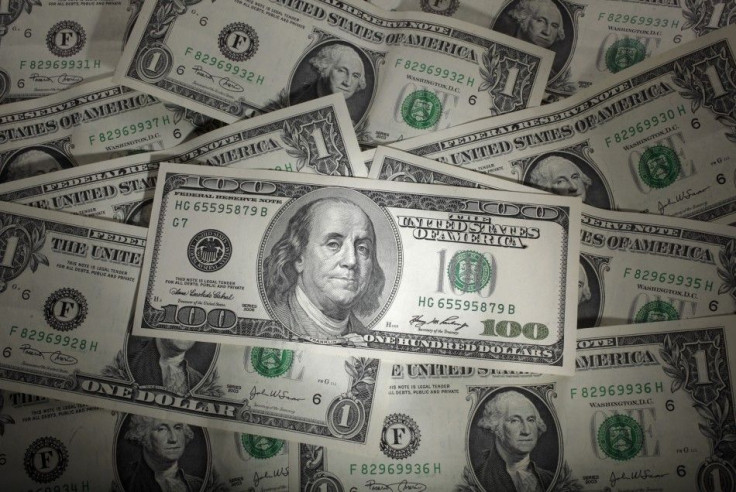CEO Pay Increased 127 Times Faster Than Worker Compensation Over Last 30 Years: Study

American chief executives saw their overall compensation increase by 15 percent in 2011, part of a larger trend that has seen CEO pay skyrocket at a rate 127 times faster than worker pay in the past three decades.
Chief executive pay jumped by more than 725 percent between 1978 and 2011, according to a new report from the non-partisan Economic Policy Institute, compared to just 5.7 percent growth in worker compensation during the same period. The pattern contributes to the widening wage gap between the nation's highest earners and other earners -- something the report says is a driving factor of income inequality in the U.S.
Last year, CEOs earned about 209 times more than workers, compared to just 26.5 times more in 1978 -- meaning CEOs are taking home a larger share of company profits. The trend persists despite the fact that worker productivity has increased by approximately 93 percent between 1978 and 2011 on a per-hour basis -- in other words, their output for each hour of work spiked -- according to an analysis from the Federal Reserve Bank of St. Louis.
The significant income growth at the very top of the income distribution over the last few decades was largely driven by households headed by someone who was either an executive or was employed in the financial sector, explains the report. Executives, and workers in finance, accounted for 58 percent of the expansion of income for the top 1 percent and 67 percent of the increase in income for the top 0.1 percent from 1979 to 2005.
The EPI, using a measure of CEO compensation that includes the values of stock options granted to an executive, reports the CEO-to-worker ratio was 18.3-to-1 in 1965, before peaking at 411.3-to-1 in 2000 and settling at 209.4-to-1 in 2011.
To arrive at those figures, the research organization analyzed the ratio of CEO compensation to the annual worker compensation in the key industry of the firm (using data from the U.S. Bureau of Labor Statistics) for each of the 350 largest U.S. corporations. The group then averaged that ratio across all of the firms in question.
The study points out that severe fluctuations in the stock market and U.S. economy over the last several decades have not impeded the steady rise of chief executives' pay. While the stock market drop after 2000 reduced the value of CEOs' stock options, causing compensation to tumble until about 2003, by 2007 it jumped back up to its pre-2000 levels. The CEO-to-worker ratio once again dipped during the financial crisis of 2007-2008, but recouped most of its losses by 2011.
In fact, 2011 was a banner year for American big business. Net income for companies in the benchmark S&P 500 index has risen 12.5 percent since 2007 to 612 billion, according to data compiled by Bloomberg in December, while corporate profits made up 10 percent of the nation's GDP.
That followed what was already a record year for executive compensation in 2010, when the CEOs of some of the largest U.S. corporations made, on average, $11.4 million, according to an analysis by the American Federation of Labor, about 343 times more than workers' median pay that year.
Workers' wages do not seem to be tied to the success of the companies they work for. As demonstrated by another anaylsis from the EPI, hourly wage and compensation for lower-level employees remained stagnant until 2009, even as worker productivity has risen sharply.
Meanwhile, the Bureau of Labor Statistics reports that median-wage workers' inflation-adjusted wages were unchanged in 2011, despite the record $1.97 trillion in profits that U.S. corporations brought in during the third quarter of that year.
© Copyright IBTimes 2024. All rights reserved.




















